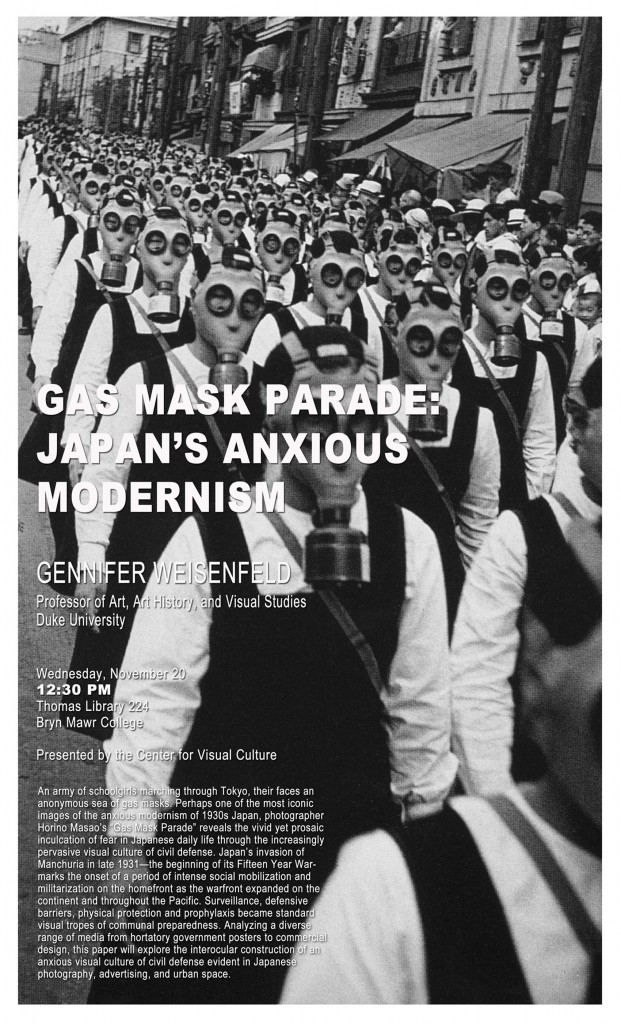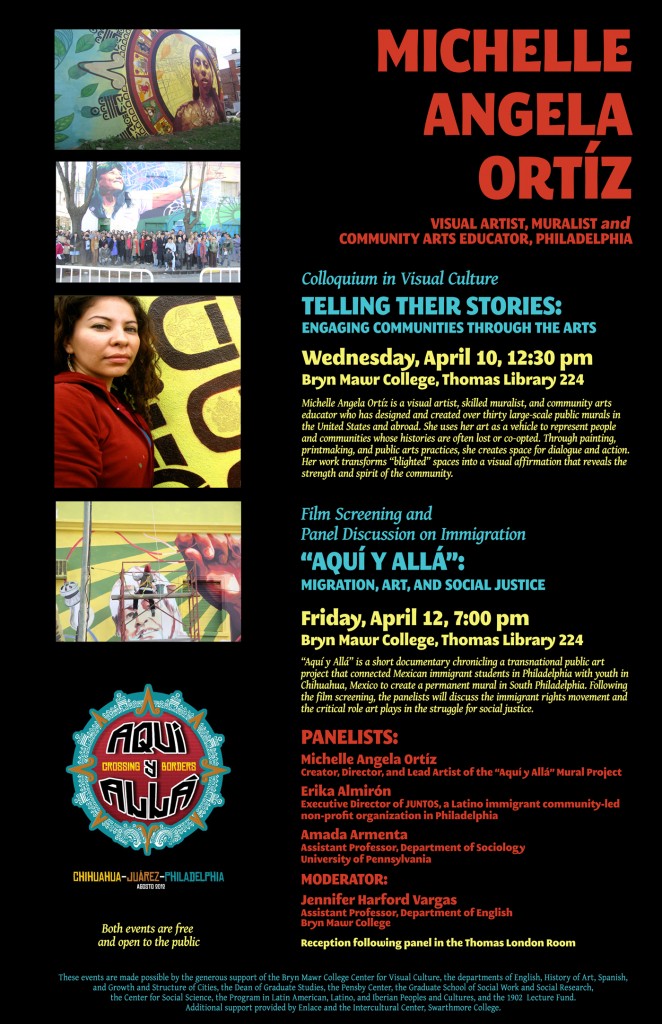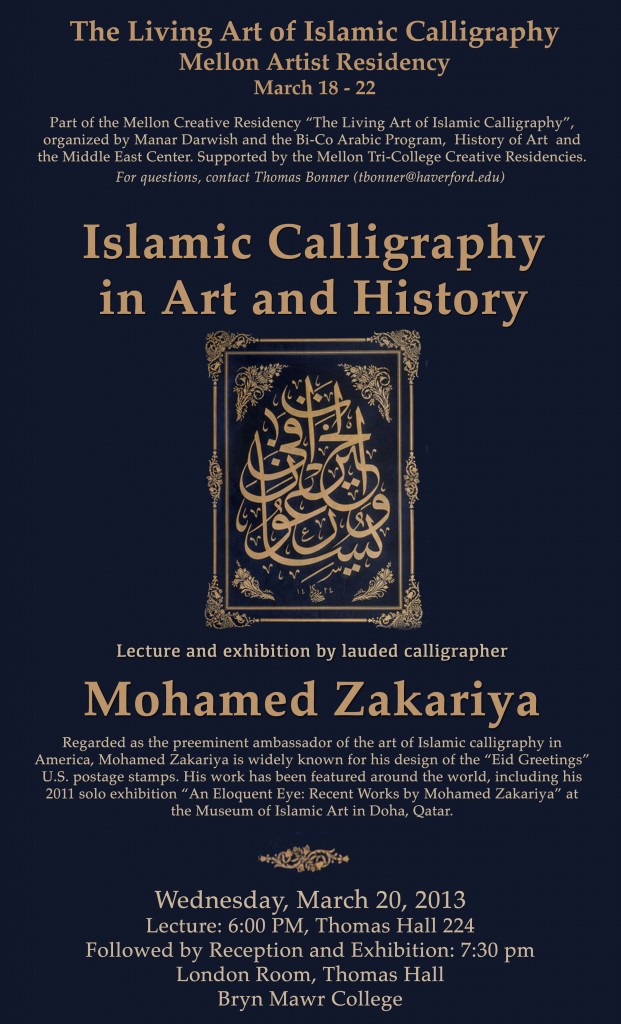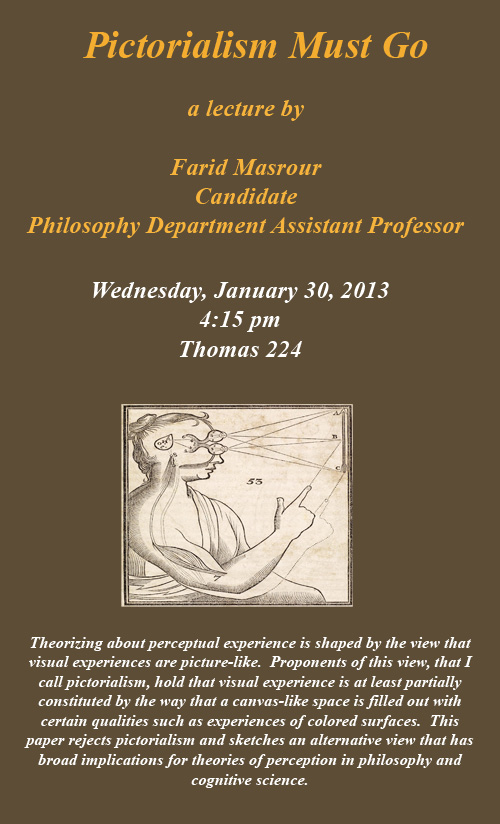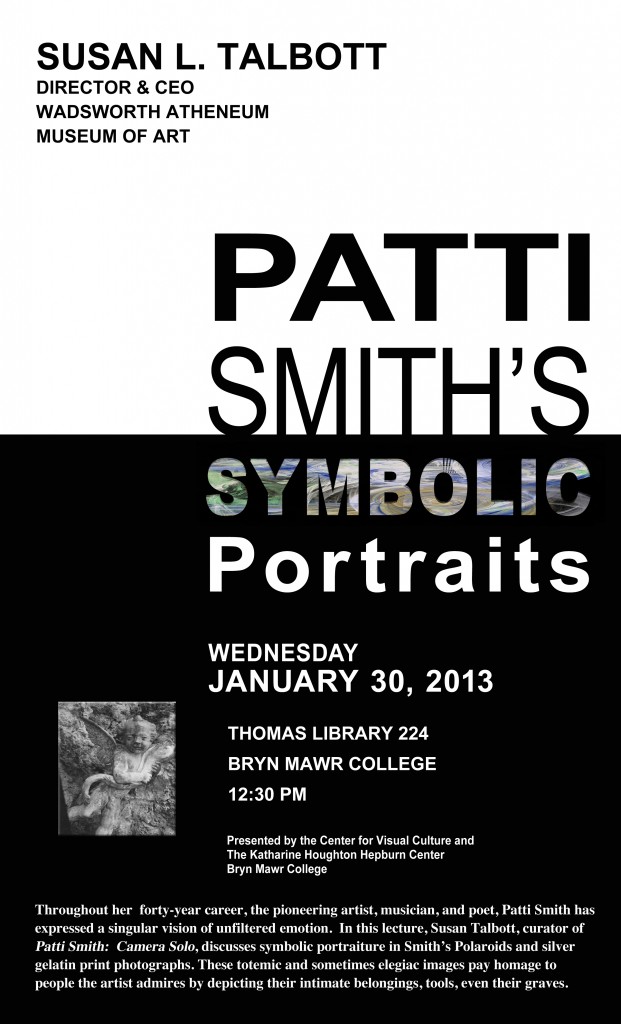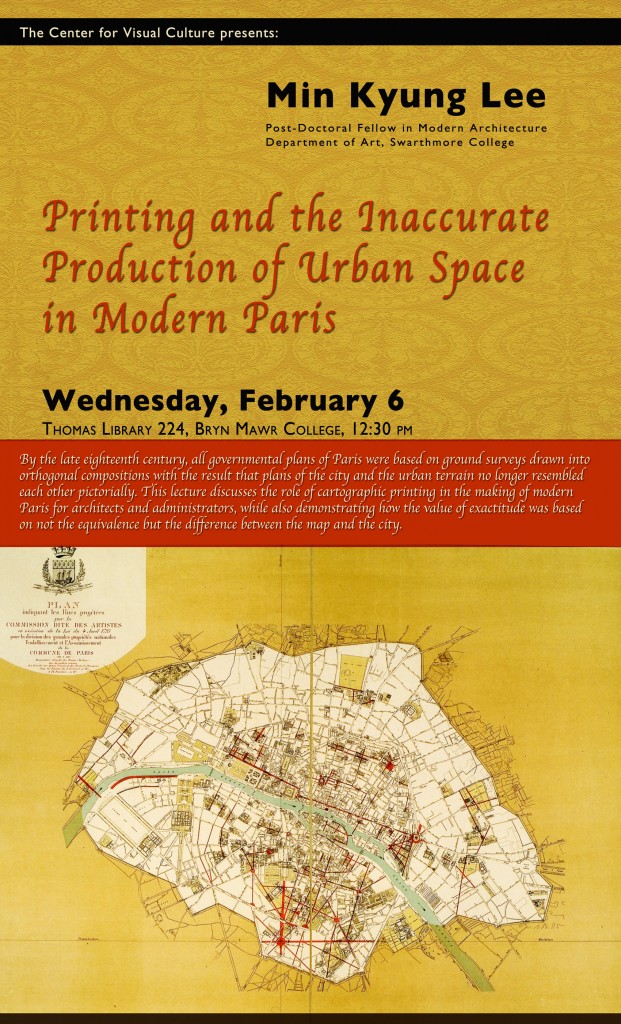INTIMATE COLLABORATIONS CONFERENCE
January 17th to 19th, 2013
Terrace Room, Claudia Cohen Hall, University of Pennsylvania
Preceded by:
PERFORMANCE/DISCUSSION
Alicia Hall Moran: the motown project
Thursday, January 17th, 2013 6:00 pm
Amado Recital Hall, Irvine Auditorium, First Floor
3401 Spruce Street Philadelphia, PA
How do we describe the intimacies that are born through works of art? What do intimate aesthetic collaborations bring into view or fail to make visible? What do different modes and forms of artistic collaboration yield (or at the very least promise) aesthetically, philosophically, or even politically? How does the work of theorizing artistic intimacy ultimately impact the way we think about art history as a practice or a discipline? What does intimacy require of us as scholars, critics, lovers, and producers of art? These are just a few of the questions that animate Intimate Collaborations, a conference which looks to foster new modes of intimate exchange between art, artists, and historians of art on the occasion of a momentous exhibition of some of the richest artistic collaborations of the second half of the 20th century.
Intimate Collaborations is a conference inspired by, and organized to coincide with the Philadelphia Museum of Art?s exhibition, Dancing Around the Bride: John Cage, Merce Cunningham, Jasper Johns, Robert Rauschenberg, and Marcel Duchamp. It will address the strange and complex intimacies that emerge when relationships between artists take form through the process of art-making. Dancing Around the Bride is the first exhibition to explore the interwoven lives, works, and experimental spirit of Duchamp and Cage, Cunningham, Johns and Rauschenberg. Intimate Collaborations seeks to conceptualize and expand upon the possibilities set in motion by these artists for thinking the category of collaboration more broadly.
SPEAKERS
Kaja Silverman, Douglas Crimp, Andrew Uroskie, Catherine Craft, Ashley Ferro-Murray, Jonathan Katz, Tara McDowell, Homay King, Huey Copeland, Bibi Obler, Anne M. Wagner, Kate Kraczon, Alex Klein, Danny Snelson, Mashinka Firunts, and Avi Alpert
For more information and free registration:
http://kajasilverman.com/intimate-collaborations-conference.php

